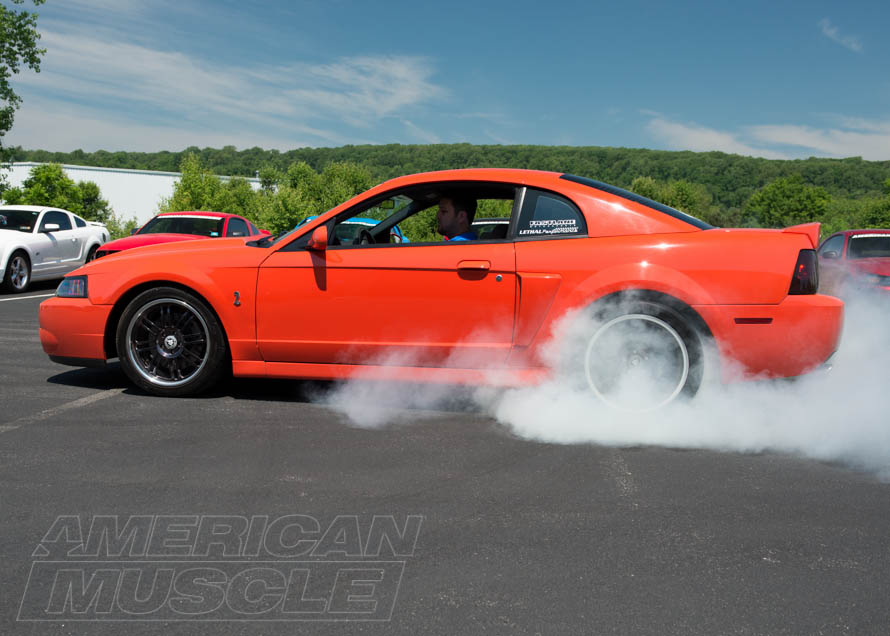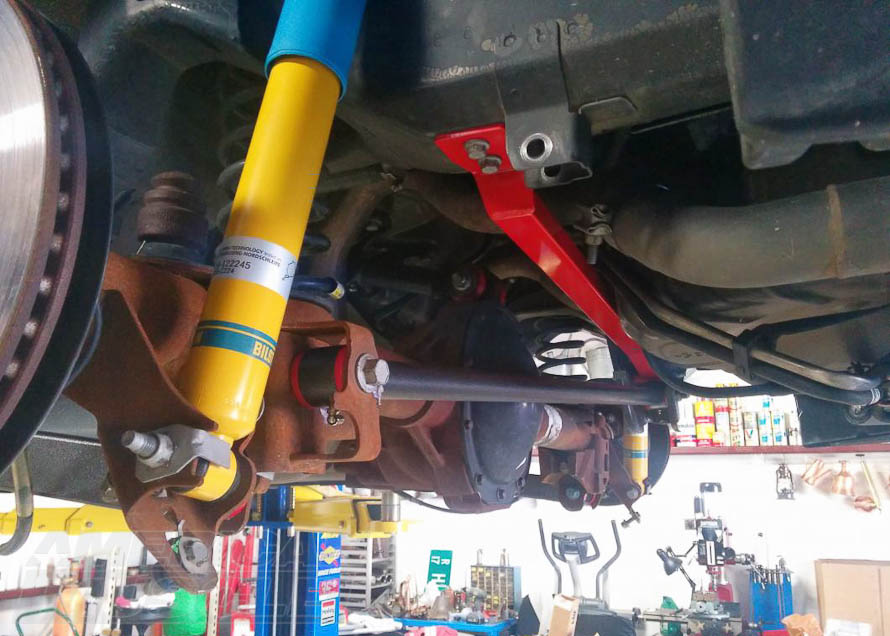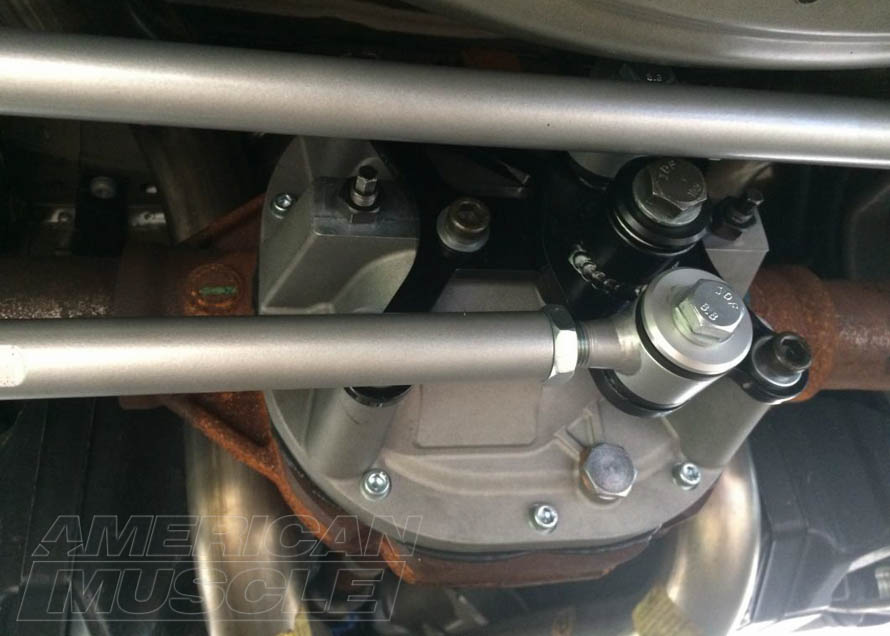For 1979-2014 Mustangs, the panhard bar is a key part to the cornering abilities and handling of your pony. Only needed on live rear axle/solid rear axle (LRA/SRA) suspension setups, the panhard bar keeps your rear axle planted while going around turns. When it comes to modifications, upgrading the factory panhard bar to something more robust will drastically improve how your Mustang responds in the turns. This guide will go over everything you need to know about Mustang panhard bars.
Contents
- What Does a Mustang Panhard Bar Do?
- Differences Between Stock & Aftermarket Mustang Panhard Bars
- Differences Between Non-Adjustable & Adjustable Mustang Panhard Bars
- Why Lowered Mustangs Need to Upgrade Their Panhard Bar
- Panhard Bar Installation and Fitment
- Top 3 Mustang Panhard Bars
- Complementary Suspension Upgrades
- Replacing the Panhard Bar with a Watts Link Setup
- NOTE: 2005+ Mustangs
Shop Mustang Panhard Bars
Panhard bars help support your Mustang's suspension by keeping everything in line. From dragsters to corner carvers, and quality panhard bar will keep traction where you need it.




